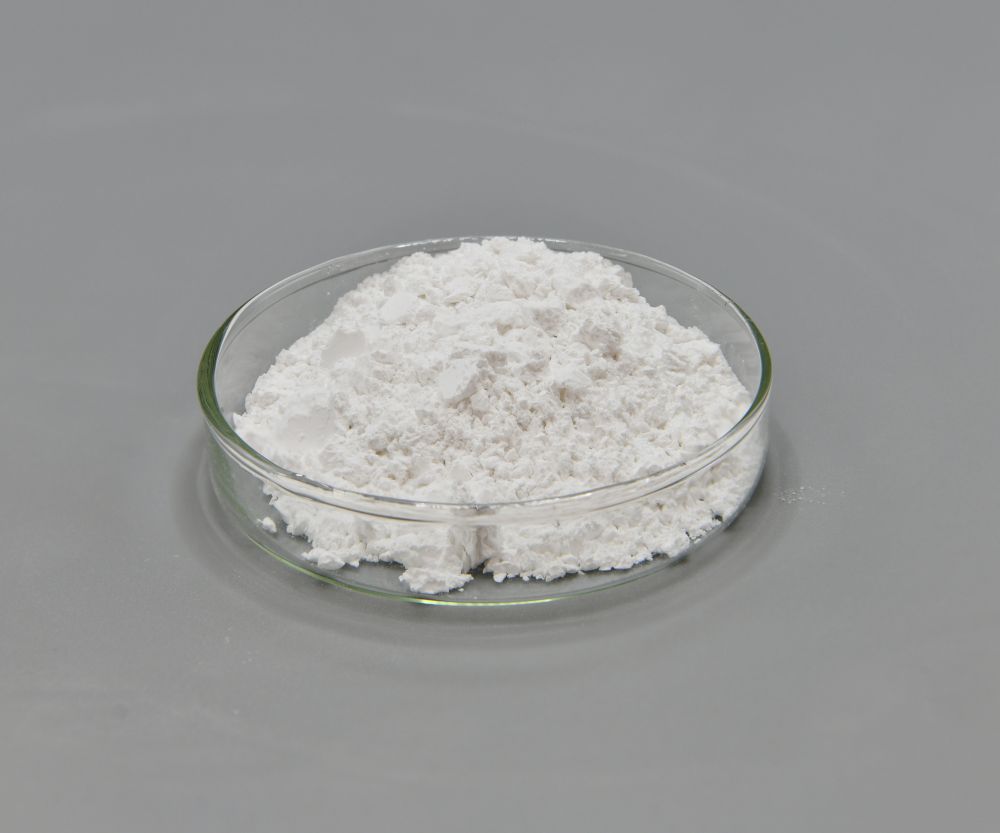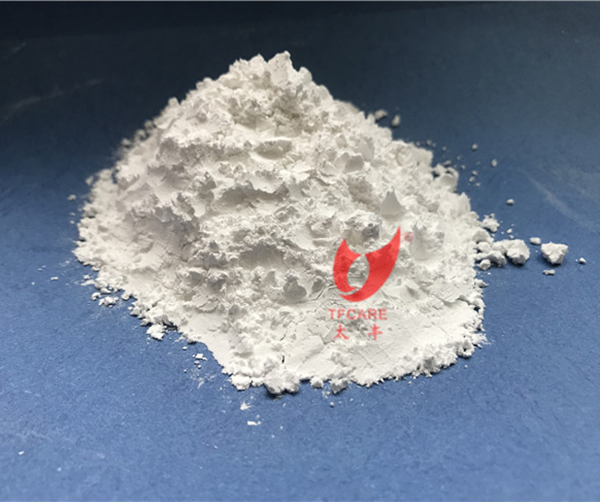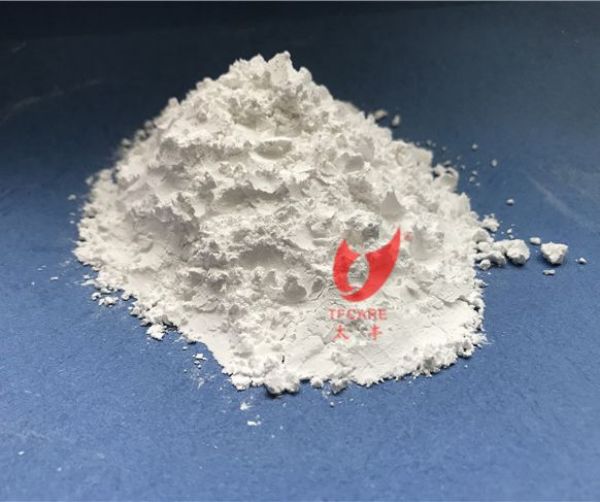TF-AHP Halogen-free flame retardant Aluminum hypophosphite
Introduction
Aluminum hypophosphite is a commonly used flame retardant, and its flame retardant principle is mainly to achieve the effect of preventing flame spread through several aspects:
Hydrolysis reaction: At high temperature, aluminum hypophosphite will undergo a hydrolysis reaction to release phosphoric acid, which absorbs the heat on the surface of the burning material through the formation of phosphoric acid and reduces its temperature, thereby inhibiting the spread of the flame.
Ion shielding: The phosphate ion (PO4) produced by the decomposition of aluminum hypophosphite has a flame-retardant effect, and will react with oxygen in the flame, inducing ignition agent plasma, reduce its concentration, and slow down the combustion reaction speed, so as to achieve the flame-retardant effect.
Insulation layer: The aluminum phosphate film formed by phosphoric acid at high temperature can form an insulation layer to prevent heat transfer inside the burning material, slow down the temperature rise of the material, and play a heat insulation effect, thereby inhibiting the spread of flames.
Through the joint action of these mechanisms, the speed of flame spread can be effectively delayed and the flame retardant performance of burning materials can be improved.
Specification
| Specification | TF-AHP101 |
| Appearance | White crystals powder |
| AHP content (w/w) | ≥99 % |
| P content (w/w) | ≥42% |
| Sulfate content(w/w) | ≤0.7% |
| Chloride content(w/w) | ≤0.1% |
| Moisture (w/w) | ≤0.5% |
| Solubility (25℃, g/100ml) | ≤0.1 |
| PH value (10% aqueous suspension, at 25ºC) | 3-4 |
| Particle size (µm) | D50, <10.00 |
| Whiteness | ≥95 |
| Decomposition temperature(℃) | T99%≥290 |
Characteristics
1. Halogen-free environmental protection
2. High whiteness
3. Very low solubility
4. Good thermal stability and processing performance
5. Small addition amount, high flame retardant efficiency
Application
This product is a new inorganic phosphorus flame retardant. It is slightly soluble in water, not easy to volatilize, and has high phosphorus content and good thermal stability. This product is suitable for flame retardant modification of PBT, PET, PA, TPU, ABS. When applying, please pay attention to the appropriate use of stabilizers, coupling agents and other phosphorus-nitrogen flame retardants APP, MC or MCA.
Related products
Related products

























